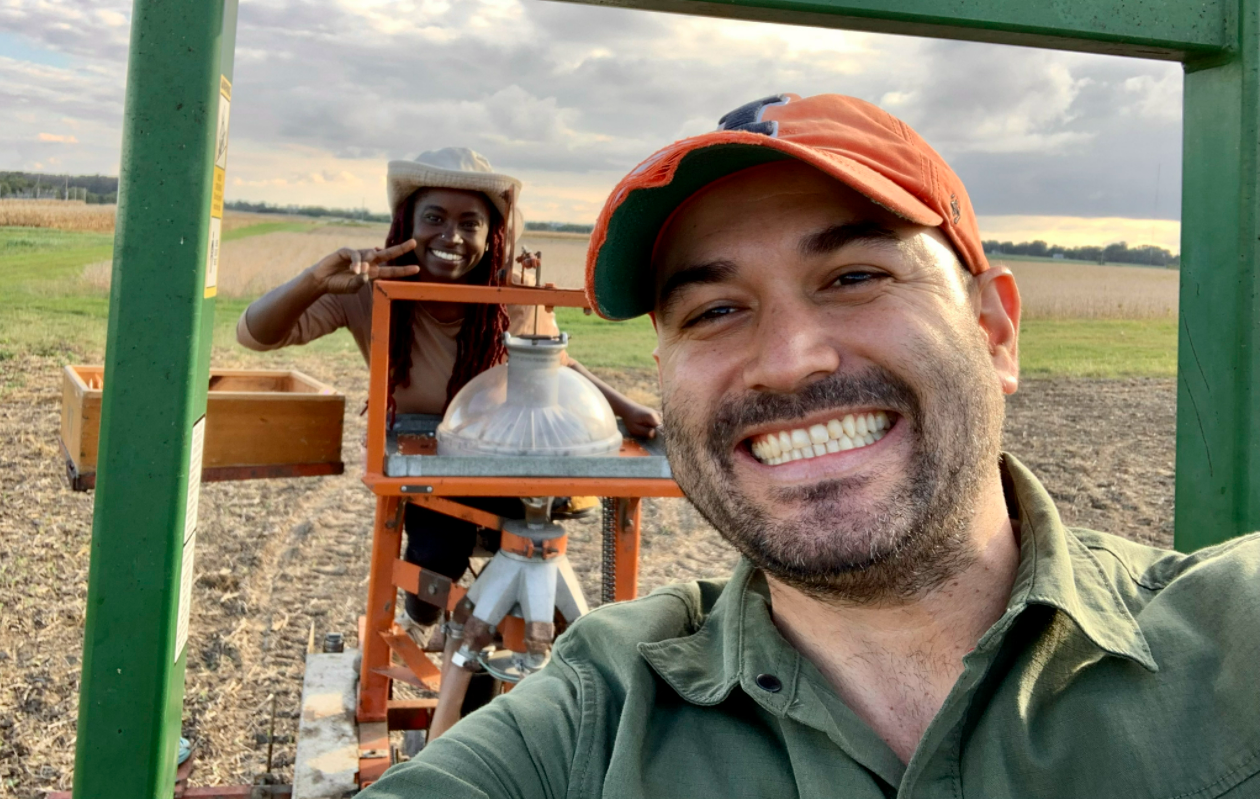Latin American rice breeding gets a boost from genomic tools

URBANA, Ill. – How do you like your rice? Sticky, fluffy, brown, or white? These qualities, in addition to grain length, width, appearance, and other traits, are hugely important predictors of rice sales and consumption worldwide. And region matters. Rice preferences in Latin America, for example, are very different from those in West Africa, Japan, India, and elsewhere.
Given the importance of eating quality and regional preference, it’s somewhat surprising how little time rice breeders spend improving and refining these traits. But it’s expensive and time consuming to test and select lines based on how sticky the grain is after cooking or how long it takes to cook. And breeders have other important traits to think about, like yield and disease resistance.
New research from the University of Illinois and the Latin American Fund for Irrigated Rice (FLAR) allows Latin American rice breeders to select regionally relevant eating-quality traits from the outset of a breeding program, saving time, effort, and money.
“Traditionally, selection for eating quality was done at the end of the breeding program. You could end up with a variety that had good yield and good disease resistance, but poor grain quality. That would be the end of that variety. So, by having a more targeted approach at the beginning, you can concentrate your efforts on other traits,” says Juan Arbelaez, assistant professor in the Department of Crop Sciences at Illinois and co-author on the new study in The Plant Genome.
Arbelaez and his collaborators identified genetic markers associated with 10 grain-quality traits in a sample of 284 rice lines, representing 20 years of breeding in Latin America and the Caribbean.
“From previous studies, we knew these markers were associated with these traits. But this was the first time they were identified in Latin American germplasm. We validated our results in an independent sample of 2,000 separate rice lines, so we know they work,” Arbelaez says. “These markers are now deployed via a service provider in Sweden and can be routinely used by every partner of FLAR's in Latin America.”
The markers strongly predicted amylose content (a determinant of stickiness), gelatinization temperature (cooking time), and setback viscosity (texture), but were also associated with milling quality and appearance traits.
“We explored the potential of using genome-wide prediction strategies for more complex grain quality traits, such as milling quality. That's where we see a really exciting new field of research with the implementation of more complex prediction models that incorporate genomics and high-throughput phenotyping,” Arbelaez says.
The advancement will make rice breeding in Latin America much more efficient.
Arbelaez describes the traditional breeding process like a large funnel. At the wide end, many thousands of rice lines are grown and evaluated for obvious red flags, such as susceptibility to diseases or stunted growth. Vigorous plants with desired visual characteristics are harvested, starting the next generation. And so it goes, culling poor performers, advancing promising plants, gathering seed, year-upon-year until a hearty, desirable new variety remains at the end of the funnel.
Some traits, such as setback viscosity, require seed and special machines to test. It’s expensive. That’s why breeders often wait until the end of the funnel to test these traits.
With marker-assisted selection, the cycle is abbreviated. At the wide end of the funnel, thousands of lines can be grown as seedlings in a greenhouse. A snip of leaf material and a trip to the lab is all it takes to determine if a given seedling should be given the chance to grow up to maturity and move forward in the process.
Arbelaez is excited for the future of Latin American rice, especially in niche markets like Peru, where Japanese immigrants shifted rice preference toward the stickier end of the spectrum. He also sees the markers being applied beyond Latin America.
“There is a lot of potential for these markers to be validated in different breeding programs around the world that are looking to identify or characterize their germplasm,” he says. “You can see if these markers can help you to target early stages and use them for marker assisted selection purposes.”
The article, “Genetic and phenotypic characterization of rice grain quality traits to define research strategies for improving rice milling, appearance, and cooking qualities in Latin America and the Caribbean,” is published in The Plant Genome [DOI: 10.1002/tpg2.20134]. Authors include Maribel Cruz, Juan Arbelaez, Katherine Loaiza, Juan Cuasquer, Juan Rosas, and Eduardo Graterol.
The Department of Crop Sciences is in the College of Agricultural, Consumer and Environmental Sciences at the University of Illinois at Urbana Champaign.